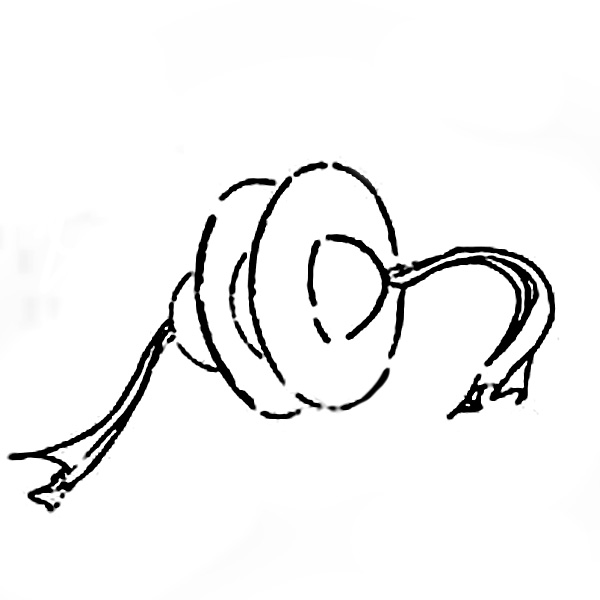xiaobo overview
 The small cymbal (pinyin: Xiǎo bó), also known as the small cymbal, is made of brass, the cymbal body is small and thick, the diameter of the cymbal surface is 12 cm to 14 cm, the diameter of the bowl is 5 cm to 7 cm, and the height of the bowl is 1.5 cm to 1.5 cm. 2 cm, the top of the bowl is drilled with silk cloth, and the two sides are a pair. Construction is simple. It is the Zhuang, Miao, Yao, Yi, Dai, Wa, Gelao, Jing, Shui, Gelao, Han and other nationalities who strike each other's body singing instruments. The Zhuang language is called Xie Egypt.
The small cymbal (pinyin: Xiǎo bó), also known as the small cymbal, is made of brass, the cymbal body is small and thick, the diameter of the cymbal surface is 12 cm to 14 cm, the diameter of the bowl is 5 cm to 7 cm, and the height of the bowl is 1.5 cm to 1.5 cm. 2 cm, the top of the bowl is drilled with silk cloth, and the two sides are a pair. Construction is simple. It is the Zhuang, Miao, Yao, Yi, Dai, Wa, Gelao, Jing, Shui, Gelao, Han and other nationalities who strike each other's body singing instruments. The Zhuang language is called Xie Egypt.Cymbals originated in West Asia and were popular in the Northern Wei Dynasty. After the Ming and Qing Dynasties, it became an important accompaniment instrument for opera. Cymbal: In ancient times, it was called "copper cymbal" and "copper plate", and it was called "cymbal" in the folk. is a common percussion instrument. Long history and strong performance. It is not only used in national music, local drama, wind and percussion music and gongs and drums, but also widely used in folk songs and dances, entertainment and publicity activities of all ethnic groups. Cymbals originated in West Asia, first in Egypt and Syria, and later in ancient countries such as Persia and Rome; in the East, they were first seen in India, and then in Central Asia. Around 350, it was introduced into the Central Plains of my country with "Tianzhu Music".
Cymbals are widely used in local music and orchestras, and are also quite popular among ethnic minorities. During the Ming and Qing Dynasties, cymbals were the accompaniment instruments in local dramas such as Kunqu Opera.
- Pinyin:Xiǎo bó
- diameter:12cm~14cm
- bowl diameter:5cm~7cm
- bowl height:1.5cm~2cm
- type:Mutual sounding instrument
overview of other similar instruments
- sanyanxiao overview
- Daguangxian overview
- Leiqin overview
- hahao overview
- yandundagu overview
- Han Xiaozheng overview
- Fang Xiang overview
- guanzi overview
- zhuqin (Dao Qin) overview
- zhuiqin overview
- bangzi overview
- three-stringed piano overview
- Gehu overview
- xiao overview
- xiaokonghou overview
- Konghou overview
- Sheng overview
- suona overview
- hulusi overview
- gushao overview
 渝公网安备 50010702504639号
渝公网安备 50010702504639号